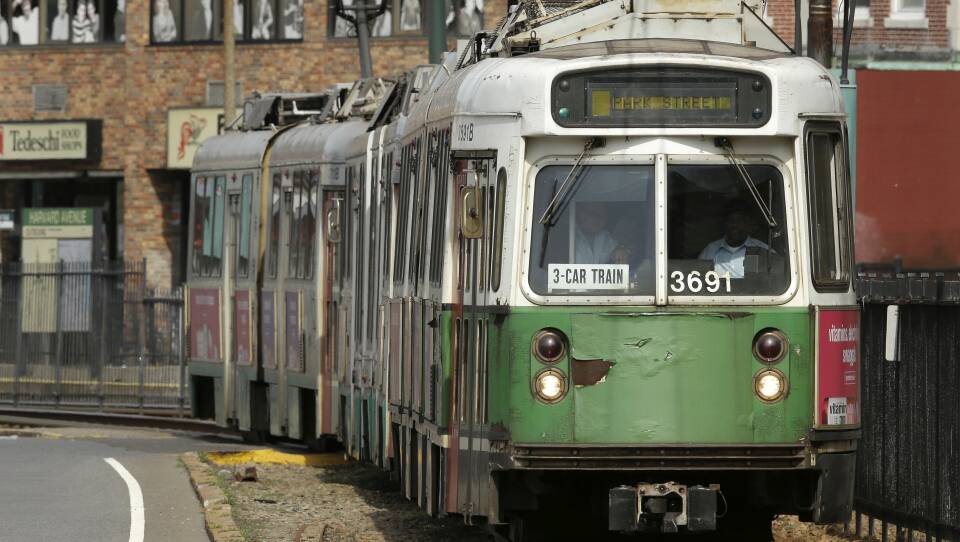More than 100 respondents in GBH's "Have your say: Governor Healey's agenda” have listed transportation as a top issue. Bob Seay, GBH’s transportation reporter, joined GBH’s Morning Edition co-host Jeremy Siegel to dig into some of their questions. Want to have your say on how GBH covers Healey’s administration? Fill out our survey here.
Why are slow zones still in place?
The MBTA has long had portions of the system where trains run more slowly. But on March 9, the agency announced system-wide slowdowns, capping speeds at either 25 or 10 mph. Usually, trains in some parts of the system can go up to 40 mph.
“The state Department of Public Utilities, which is actually the official oversight agency for the T, began examining Red Line tracks near Savin Hill and JFK/UMass,” Seay said. “And they asked the MBTA, Hey, do you guys have any documentation to show that you actually inspected and repaired these tracks? Apparently, that didn't look like that had happened.”
An investigation is underway to figure out why the MBTA did not have documentation of any inspections, and who was responsible, Seay said.
“As a result of that they now have to go through the entire system, inspecting it for possible defects and then when repairing it, verify it and provide that documentation to the DPU,” Seay said. The DPU itself, he noted, “for many years wasn't really doing its job until the Federal Transit Administration stepped in and said, hey, you guys really have to take a look at what's going on. And suddenly we have this enforcement that's underway.”
About a quarter of the system is still affected by slow zones, Seay said, a slight improvement from 27 percent last week. That includes slow zones on about 56 percent of the Blue Line; 25 percent of the Red and Orange Lines; and 18 percent of the Green Line.
“People from all parts of the state WANT to use public transportation,” said Glenda in Barnstable. What are Healey's big picture plans?
Healey appointed a general manager, Phillip Eng, the former head of the Long Island Rail Road, the largest commuter line in the country.
A possible next step? Appointing members of the MBTA’s board of directors, which oversees the agency, Seay said.
“That's going to be really important going forward because governance of the T and oversight of what's going on is really critical,” Seay said. “During her campaign, Healey released a transportation plan that said she would overhaul top management at the MBTA. She set aggressive electrification goals and established low-income fares as a pathway to fare-free buses.”
Other potential priorities: An East-West Rail, something transit advocates have long been pushing for, to better serve Western Massachusetts.
“They don't have the transportation they need and they're also looking at boosting up the regional transit authorities, which are vital to that rural transportation network,” Seay said. “So those are some of the things that that Healey said she would do. And the East-West Rail is something that she has committed to, which is good news for Western Mass. residents.”
“There are good alternatives to sinking money in roads,” said Jim in Berkshire County. Where is state transportation money going?
Seay said he looked at this year’s budgets and found the state does spend more on the MBTA than it does on roads.
“It appears that in Massachusetts we spend about $2 billion a year on roads," Seay said. "We spend twice that much on just the MBTA: $2 billion for operating budget plus $2 billion in capital projects.”
That snapshot does not account for historical investment or other funding streams, like the money cities and towns spend to build and repair roads or federal highway projects. Still, Seay said, more investment is needed.
“So there's plenty of money going into MBTA. But there's so much more money that is needed for things like electrification of rail or East-West Rail,” he said. “And those are going to be some tough choices that have to be made in the years ahead on Beacon Hill between the governor and the legislature to try to find the money to do the job.”









